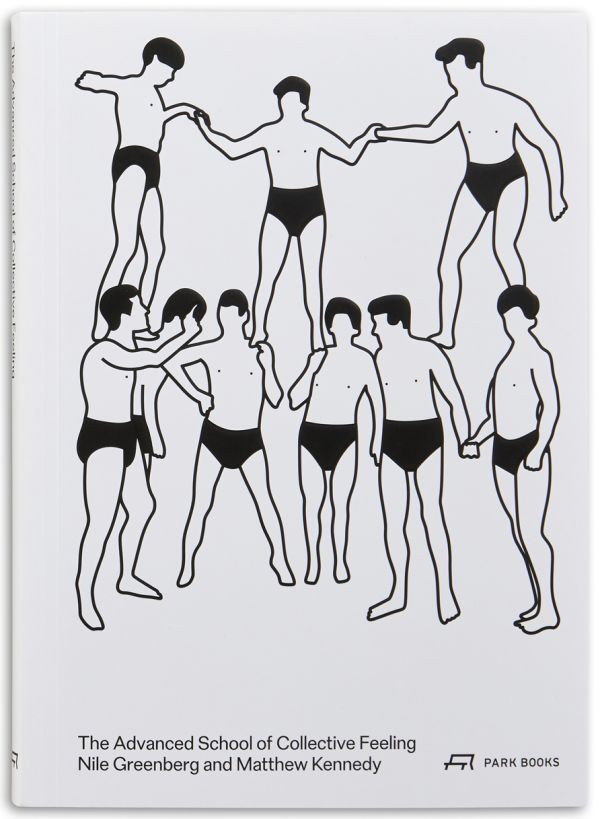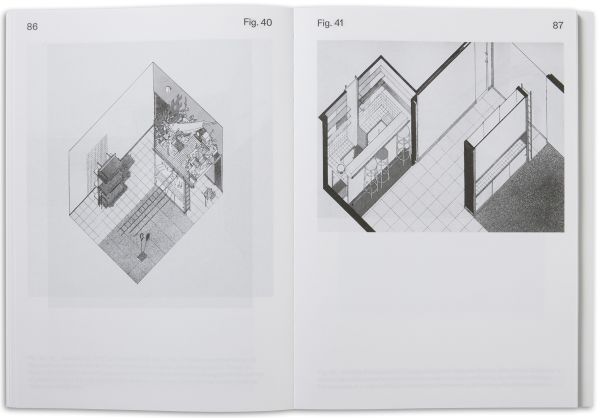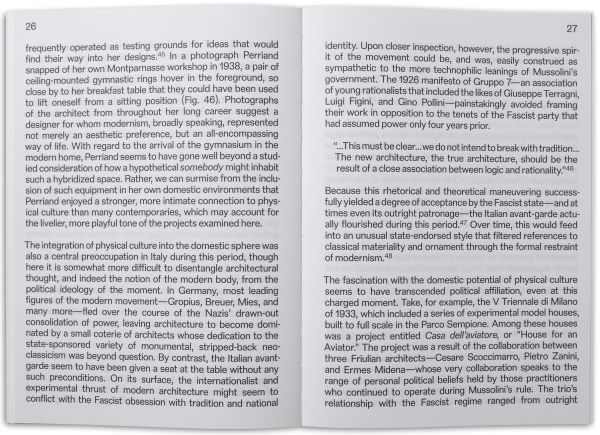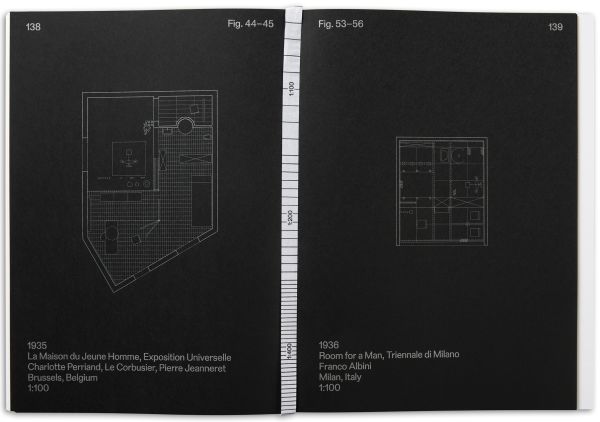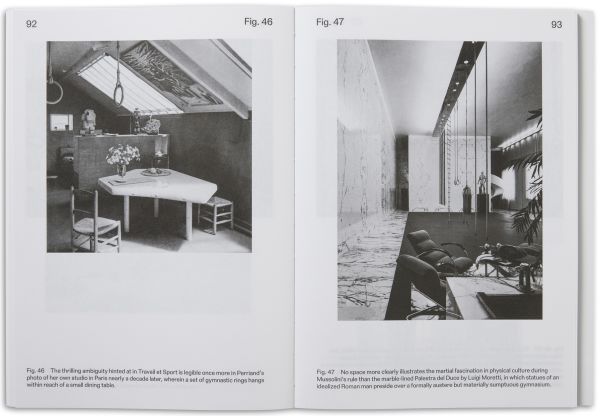The Advanced School of Collective Feeling
Inhabiting Modern Physical Culture 1926–38
The reconstruction of a design concept of the 1920s and 1930s that has left an indelieble mark on the modern, domestic aesthetic as we know it
GVA Gemeinsame Verlagsauslieferung Göttingen
GmbH & Co. KG
P.O. Box 2021
37010 Göttingen
Germany
+49 551 384 200 0
info@gva-verlage.de
The Advanced School of Collective Feeling explores the advent of radical new conceptions of the body—a phenomenon known in the 1920s and ’30s as “physical culture”—and their impact on the thinking of some of modern architecture’s most influential figures. Using archival photographs, diagrams, and plans, the book reconstructs a constellation of provocative domestic projects by Marcel Breuer, Charlotte Perriand, Richard Neutra, and others. This obscure chapter in the modern movement gestures towards a remarkable synthesis of the individual and the collective, a perspective that holds enormous potential for articulating an architecture of today.

